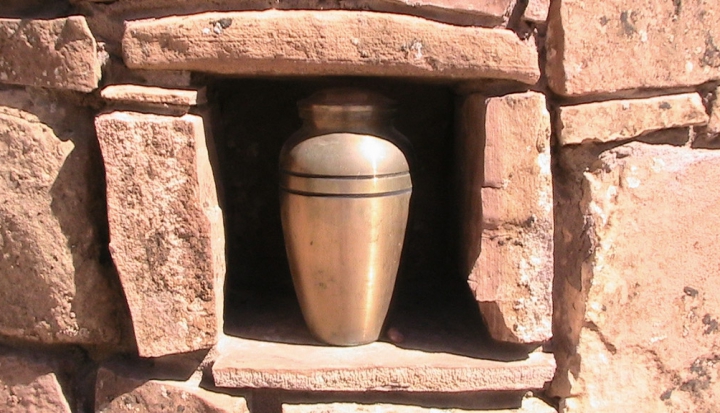Since 1963 the church has taught that Catholics can be cremated, abolishing its longstanding prohibition of the practice. Cremation was fairly widespread in the ancient world, but early Christians rejected the practice. Theologically, they did not consider cremation to be compatible with the doctrine of bodily resurrection. Creating new rituals for death and burial was also a way for Christians to distinguish themselves from their pagan neighbors. They especially despised the fact that among both the Romans and the Celtic tribes of northern Europe, cremation was often reserved for high-status military leaders. Thanks to both Christian evangelization efforts and the collapse of the Roman Empire, cremation largely disappeared from Europe by the seventh century.
Modern cremation practices developed during the last quarter of the 19th century. Some European nationalists believed that cremation was a vital part of their pre-Christian heritage. They nursed the romantic belief that reviving the ancient practice would help forge a stronger, more authentic national identity. Colonial expansion in Asia, where cremation is the norm for both Hindus and Buddhists, also increased European interest in the practice.
Some intellectuals were drawn to cremation for materialist reasons, arguing that reducing a body to ash in less than hour was more sanitary and a better use of resources than letting it slowly decompose in the ground. Improved furnace technology, adapted from industrial steel plants, gave cremation proponents the means to implement their vision. Interestingly, many pro-cremation coalitions struggled to balance the scientific and spiritual motives of their members. Consequently, traditional church architecture was used as the inspiration for designing many 19th-century crematoria. Mourners could gather in a crematorium chapel to honor the deceased, but the machinery of the furnace was hidden from view and external chimneys were camouflaged
to resemble steeples.
Although the Catholic Church lifted its ban on cremation in 1963, it continued to teach that the deceased person’s body had to be present at the funeral; the cremation would take place afterward. Since 1997, the church has recognized that in some circumstances a body has to be cremated prior to the funeral and permits funerals to take place with the cremated remains instead of the body. The church also insists that cremated remains be treated with the same respect and dignity as a body and interred promptly after the funeral. Catholic ashes cannot be left on the mantel in an urn, scattered on the beach, shot into space, pressed into diamonds, or otherwise creatively disposed of.
Due to the longstanding teachings against the practice, cremation rates for Catholics tend to be very low compared to those for members of other Christian denominations. Still, acceptance of cremation seems to be slowly growing, thanks largely to older Catholics who retired to the Sunbelt choosing to have their funerals back in their home parishes. Consequently, most Catholic cemeteries now have columbaria where ashes can be interred, and some religious communities who traditionally sustained themselves making caskets have started making urns as well.
This article appeared in the February 2015 issue of U.S. Catholic (Vol. 80, No. 2, page 46).
Got a question? Ask us at editors@uscatholic.org and we’ll consider it as one of our Glad You Asked questions.
Image: Flickr photo cc by be Oh be















Add comment